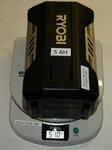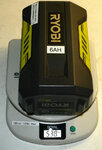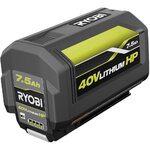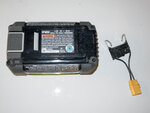videobruce
New Member
Two 6ah (rated) 40v battery packs. One is considerably larger and heaver than the other. Other than that, the larger has a "HP" designation (hi performance) from the seller/importer. The question is; how can two packs, each with the same rating be of such different sizes & weights?
Note these measured weights and the size comparison attachments. BTW; these are all 40v Ryobi branded packs, not no-name Chinese wonders off eBay.
5ah 51 oz
6ah 53.5 oz
6ah HP 70oz (1.99 kg)




Note these measured weights and the size comparison attachments. BTW; these are all 40v Ryobi branded packs, not no-name Chinese wonders off eBay.
5ah 51 oz
6ah 53.5 oz
6ah HP 70oz (1.99 kg)




Last edited:



